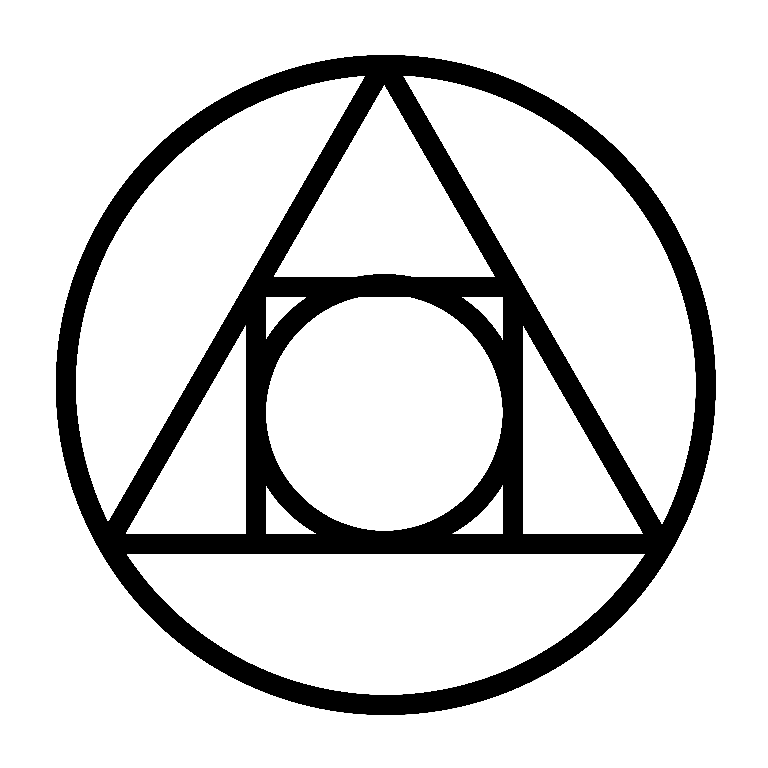Extended Review of A Golden and Blessed Casket of Nature’s Marvels
By Benedictus Figulus (1607; Eng. trans. A.E. Waite, 1893)
Benedictus Figulus’s A Golden and Blessed Casket of Nature’s Marvels is best understood as both anthology and polemic: a gathering of Paracelsian and Hermetic writings meant to safeguard a threatened wisdom, and a fierce denunciation of scholastic philosophy which, in Figulus’s judgment, had abandoned truth for sterile speculation. Published at the beginning of the seventeenth century, this work occupies a pivotal place in the Hermetic revival that would soon give rise to the Rosicrucian manifestos. It is simultaneously a reliquary of earlier traditions and a prophecy of intellectual upheaval.
Figulus’s prefaces set the tone. He paints himself as a disciple of Paracelsus and a victim of persecution, one who turned from the “vain philosophy” of Aristotle and Plato to the true, God-given philosophy of Hermes and the patriarchs. He situates Hermetic science not as novelty but as ancient inheritance, flowing from Adam through Moses and Daniel to Paracelsus, and now entrusted to him. The Casket thus becomes a manifesto of continuity: the “sons of the doctrine” against the false academies of Europe.
What follows is not a single treatise but a mosaic of texts, each contributing to the alchemical canon. To make this material useful for separate presentation, it is best to consider them individually.
1. The Epigram on the Philosopher’s Stone
The anthology opens with a symbolic poem describing the dissolution of the body by “Apollo’s fire,” the extraction of gold from its innermost parts, and the birth of a multicolored bird that becomes white before ascending to the heavens. This image, attributed to Alexander de S., condenses in poetic form the central cycle of alchemy: death, purification, rebirth, and transfiguration. For Figulus, the bird becomes an emblem of Hermetic resurrection, a cipher of the Stone’s mystery.
2. The Prolocutory Dedicatory Address
Here Figulus speaks directly, railing against scholastic philosophy and praising Paracelsian truth. He contrasts the barren disputations of Aristotle’s heirs with the living wisdom of “astronomy, alchemy, magic, and cabala” that descends from divine light. His rhetoric is autobiographical—he recalls his conversion to Paracelsus’s writings in 1587, his sufferings, and his return to the “spagyric” path. This section is polemic and confession, presenting the anthology as a righteous weapon in the struggle between false and true wisdom.
3. The Revelation of Hermes (Interpreted by Paracelsus)
This is the theological and philosophical centerpiece. It describes “the One Thing,” an incorruptible quintessence beyond the four elements, called the “Spirit of Truth.” This essence, present in all things yet transcending them, preserves health, prolongs life, transmutes metals, and reveals hidden treasures. The text stages the quintessence as both cosmological substrate and Christian gift, equating it with the breath of God that brooded over the waters in Genesis. Alchemy here becomes a theology of the fifth essence: natural, spiritual, and divine.
4. Von Suchten’s Medical Treatises and Dialogues
Alexander von Suchten, a devoted Paracelsian, supplies a series of treatises: on true medicine, on the tincture of Theophrastus, and in dialogues exploring philosophy through imagined interlocutors. His emphasis is on the physician’s role: the true doctor is not a Galenist but one who understands the solar and lunar heat within the body, and who can apply the quintessence of the greater world to restore balance. Disease is caused by impediments to natural heat; cure comes from the spagyric art that unites heaven and body. These sections translate Hermetic cosmology into a practical medical ethic.
5. Man, the Microcosm
This treatise expands on the axiom that man is a microcosm reflecting the macrocosm. It argues for two souls (eternal and natural), two heavens within man (the cerebral and the cardiac), and two magnetisms (elemental and astral). Humanity is thus the nexus where the world’s spirit and God’s image meet. In this framework, alchemy is not merely a search for metals but a path of self-knowledge: to know oneself is to hold the key to the whole cosmos.
6. Corollaries, Canons, and Rules
Later sections distill the tradition into shorter forms: enigmatic verses, canonical rules, admonitions to the reader, allegories of fire and salt, and discourses on potable gold. These are fragmentary yet potent, preserving the voice of an oral and secret tradition. They serve less as instruction than as meditation, designed to be read devotionally by the “sons of the doctrine.”
7. Potable Gold and the Antidote
The final treatises discuss potable gold, a preparation of the quintessence said to confer health, longevity, and spiritual renewal. Here again the language is sacramental: the tincture is medicine and Eucharist, an elixir that sanctifies the body even as it cures it. In these pages the reader feels most clearly the intertwining of alchemy and devotion that defines the anthology.
Significance and Assessment
Taken as a whole, A Golden and Blessed Casket of Nature’s Marvels is not a laboratory manual. It is a spiritual anthology, a defense of Paracelsus, and a testimony to the moral seriousness of alchemy. It offers allegory more than recipe, exhortation more than technique. Yet precisely for that reason it is invaluable to historians: it captures the moment when alchemy was reimagined as Christian philosophy, when the Stone was no longer merely a metallic agent but a symbol of redemption. It is a book of visionary fervor, animated by persecution, devotion, and hope.
As separate site content, one might treat each of the sections—Hermes’ revelation, von Suchten’s medicine, the microcosm doctrine, the enigmatic verses—as independent essays, each illustrating a distinct facet of Hermetic thought. The anthology lends itself to modular presentation: the poetry as literary allegory, the dedicatory address as polemic, the treatises as proto-scientific medicine, and the closing discussions of potable gold as theological sacrament. Together they form a constellation, but each star may be viewed in its own light.
Read the full book review here
Read the full book online here
